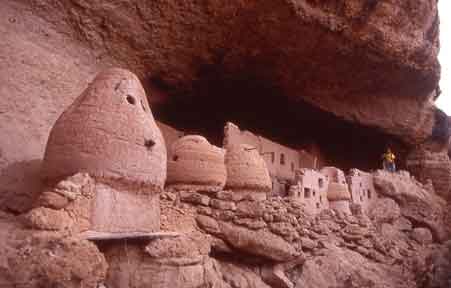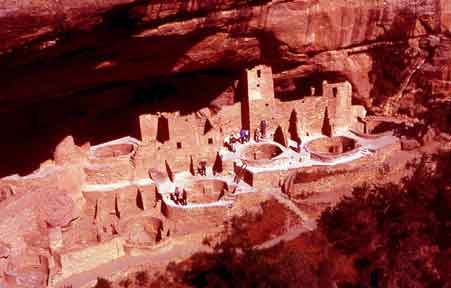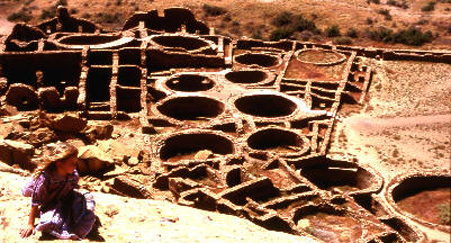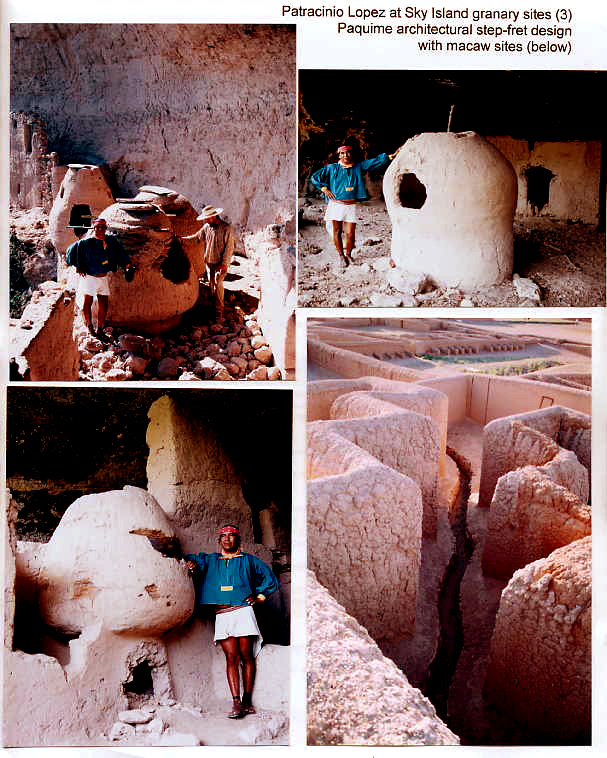| latest 2008 Anasazi research here |
Based on new archaeological data and original analysis of published research, made possible by discoveries at the Paquimé Sky Island site, and using a natural and human systems model for interpretation, I present a comprehensive study for an integrated system of food production among the Paquimé, Anasazi, and Hohokam; this includes structures for the institutional production of fertilizer, the means for both short and long distance transport of grain, and long-term surplus corn storage strategies. I propose that these three cultures during their most highly organized stages produced, transported, and stored many tons of surplus food during good agricultural years. I also present an alternative analysis of public architecture at the Sky Island Paquimé culture site, Pueblo Grande and Wupatki, Arizona, and at Chaco Canyon, New Mexico. I propose a new paradigm for the comprehensive reinterpretation of Hohokam “ballcourts” and some Anasazi/Paquime reservoirs as structures to produce fertilize. I propose a new system of ancient agriculture using the extensive Hohokam canal system in the Salt River Valley at the site of modern day Phoenix. I include an analysis of abstract ceramic and architectural design relating to the religious symbolism of agriculture. I also include an analysis of dietary deficiencies as connected to complex human social systems and centralized city-states in the Oasis America environmental bio-zone. Finally, I provide a condensed summary of the major archaeological papers addressing issues of sophisticated agricultural strategies, scale models that can be tested to demonstrate a scientific outcome, a re-analysis of previous theories based on archaeological research conducted since 1995, and gentile Tarahumara ethnographic reports concerning agricultural strategies as validated by basic sciences as applied to agriculture, hydrology, and climate.
 |
||
Paquime Granary Row |
||
 |
||
| Cliff Palace Mesa Verde Granary Row |
||
 |
||
| Pueblo Bonito Chaco Granary Row |
It was these unique granaries that started the entire project to research and understand complex Paquime/Anasazi/Hohokam agricultural strategies. With the exception of some "base rings" found at several Solado sites, these granaries appeared to be unique throughout the desert canyonlands oasis regions of North America. The Paquime culture area continued to follow Mesoamerican religious concepts until approximately AD1425-1475. Therefore, kivas did not become a part of the religious landscape at Paquime, rather platform mounds appear to be the dominant religious features along with the Paquime House of the Well and the Sky Island "female" cave structure.
